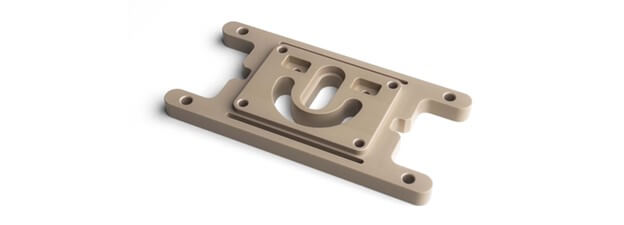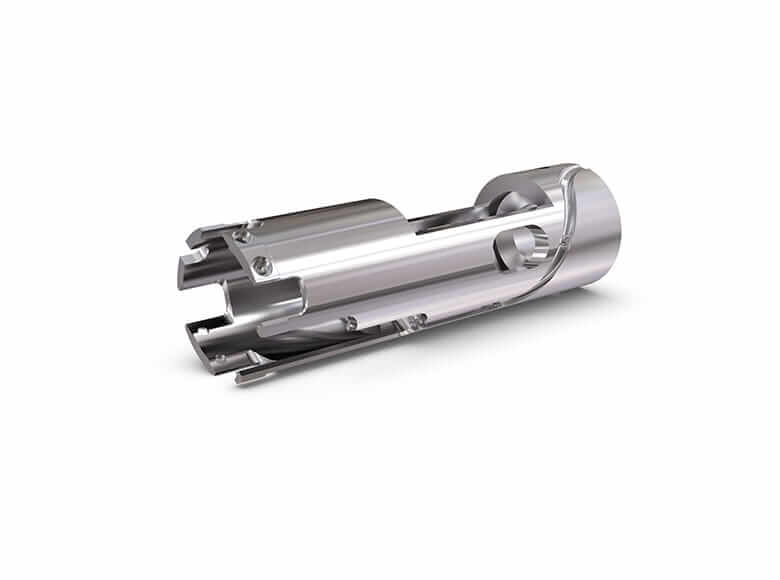The Impact of Automation on Turning Parts Manufacturing
In recent years, the manufacturing industry has witnessed a significant shift towards automation. This trend has not spared the turning parts manufacturing sector, which has also embraced automation to improve efficiency and productivity. However, while automation offers numerous benefits, it also presents several challenges that turning parts manufacturers must navigate.
The Inseparable Relationship Between Automation and Turning Parts Manufacturing
One of the primary advantages of automation in turning parts manufacturing is increased productivity. Automated machines can work around the clock, without the need for breaks or rest, resulting in higher output levels. This increased productivity allows manufacturers to meet growing demands and stay competitive in the market. Additionally, automation reduces the risk of human error, resulting in higher quality products and fewer defects.
Another benefit of automation is increased productivity. Because automated machines can perform tasks faster than human workers, reducing production time and increasing overall efficiency. This efficiency translates into significant cost savings for manufacturers as they can produce more parts in less time. Additionally, automation allows for better utilization of resources, as machines can be programmed to optimize material usage and minimize waste.
Despite these advantages, the implementation of automation in turning parts manufacturing also poses challenges. One of the main challenges is the initial investment required. Automated machines are expensive, and manufacturers must be willing to make a significant financial commitment to acquire and install them. This investment can be a barrier for small and medium-sized enterprises (SMEs) that may not have the necessary capital to adopt automation fully.

Another challenge is the need for skilled labor. While automation reduces the reliance on human workers, it does not eliminate the need for skilled technicians to operate and maintain the machines. Manufacturers must invest in training their workforce to ensure they have the necessary skills to work with automated systems. This can be a time-consuming and costly process, especially for companies with a large workforce.
Furthermore, automation can lead to job displacement. As machines take over repetitive tasks, some workers may find themselves without employment. This can have a significant impact on the workforce and local communities, as job losses can lead to economic instability. Manufacturers must consider the social implications of automation and develop strategies to mitigate the negative effects on workers.
Additionally, automation introduces the risk of technological obsolescence. As technology advances at a rapid pace, manufacturers must continuously update their automated systems to remain competitive. This requires ongoing investment in research and development to stay ahead of the curve. Failure to do so can result in outdated technology that hinders productivity and limits growth.
In conclusion, automation has had a profound impact on turning parts manufacturing. It has brought about increased productivity and efficiency, allowing manufacturers to meet growing demands and reduce costs. However, it also presents challenges such as the initial investment required, the need for skilled labor, job displacement, and the risk of technological obsolescence. Manufacturers must carefully navigate these challenges to fully harness the benefits of automation while minimizing the negative consequences. By doing so, they can position themselves for success in an increasingly automated manufacturing landscape.
